Optimal Timing for Foundation Repairs
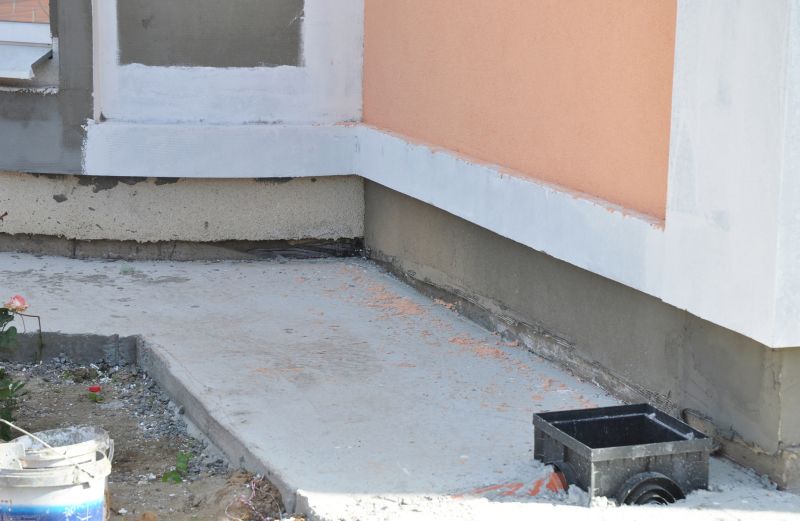
Spring offers moderate weather conditions ideal for foundation repairs, reducing delays caused by extreme temperatures or heavy rainfall.
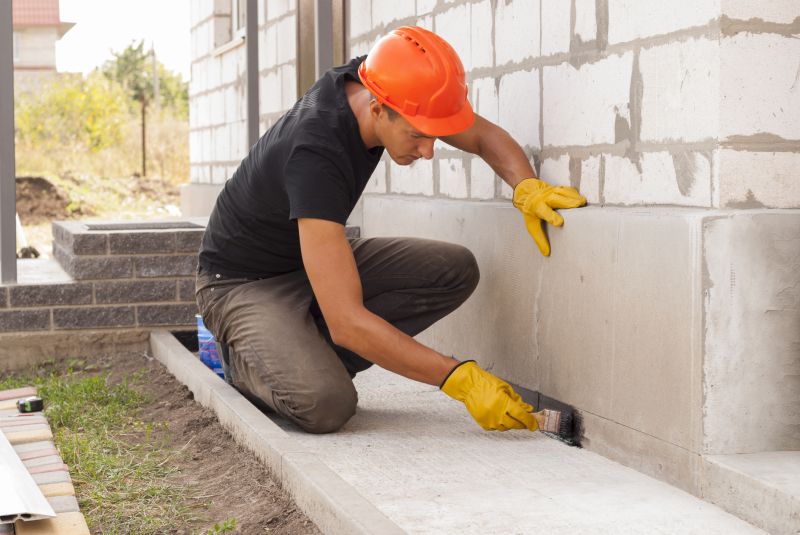
Summer provides longer daylight hours and stable weather, facilitating efficient repair work without weather-related interruptions.
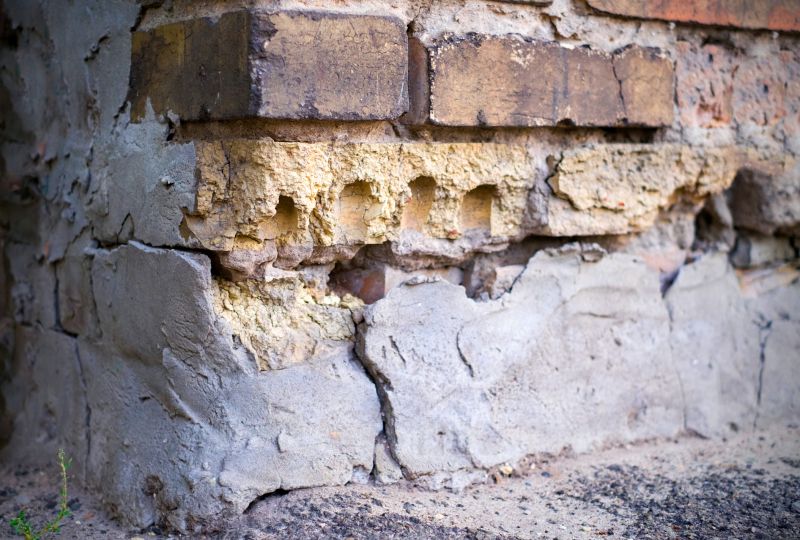
Autumn allows for repairs before winter, minimizing the risk of freeze-thaw cycles that can worsen foundation issues.
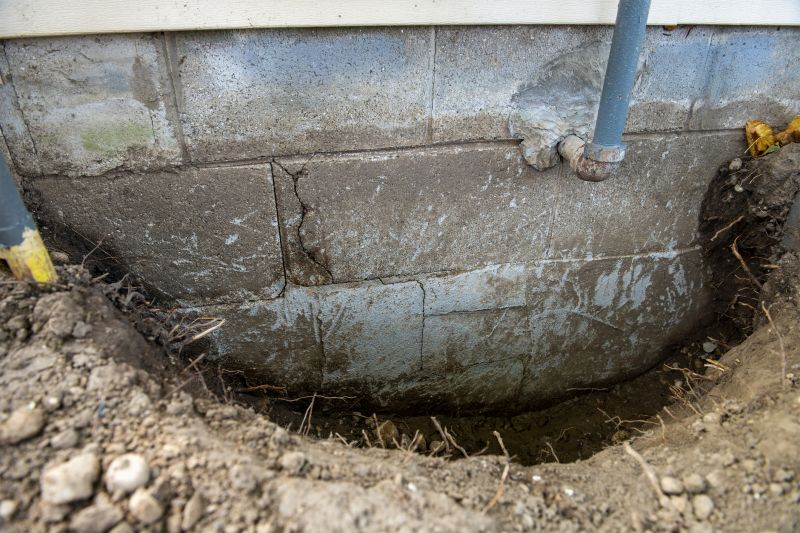
Winter is generally less suitable due to cold temperatures and potential snow or ice, which can hinder repair processes.
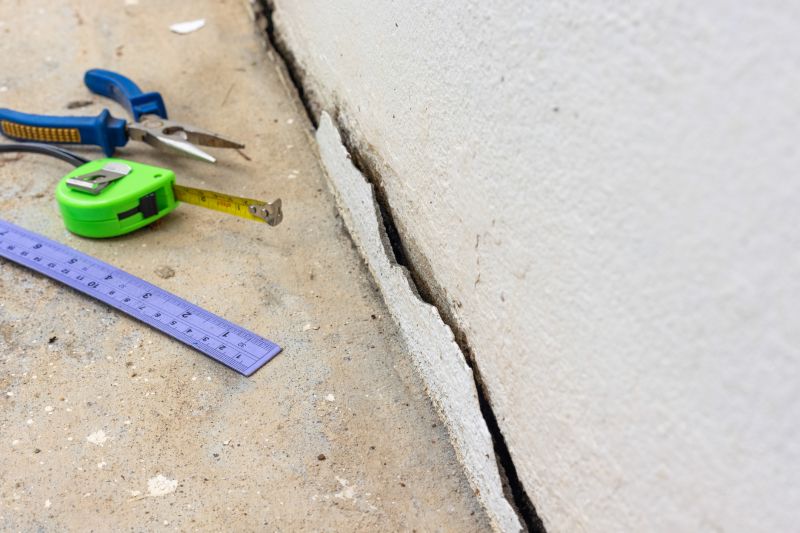
Timing repairs during dry, stable weather minimizes complications like soil expansion or contraction that can affect foundation stability.
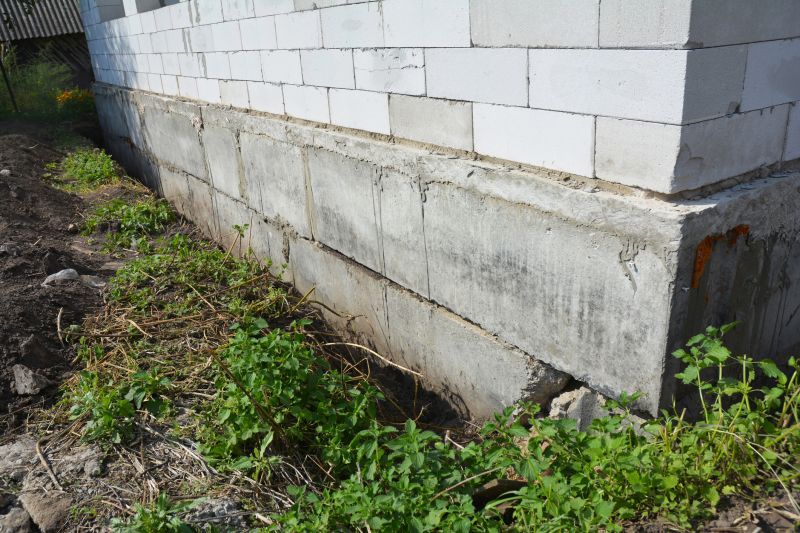
Optimal soil conditions occur during periods of consistent moisture and moderate temperatures, reducing the risk of further shifting.
Foundation repairs are essential to maintaining the structural integrity of a building. Addressing issues promptly can prevent further damage, costly repairs, and safety hazards. The timing of repairs can influence the effectiveness and longevity of the solutions implemented. Seasonal considerations, such as weather patterns and soil conditions, play a significant role in determining the best window for repairs. Proper planning ensures that repairs are completed efficiently and with minimal disruption.
Statistics indicate that nearly 25% of foundation issues worsen during periods of soil expansion or contraction, often linked to seasonal changes. Repairing during optimal times can reduce the risk of recurring problems. The ideal season varies based on local climate, but generally, late spring through early fall offers the most favorable conditions for foundation work. Understanding these factors helps in scheduling repairs that are more durable and effective.
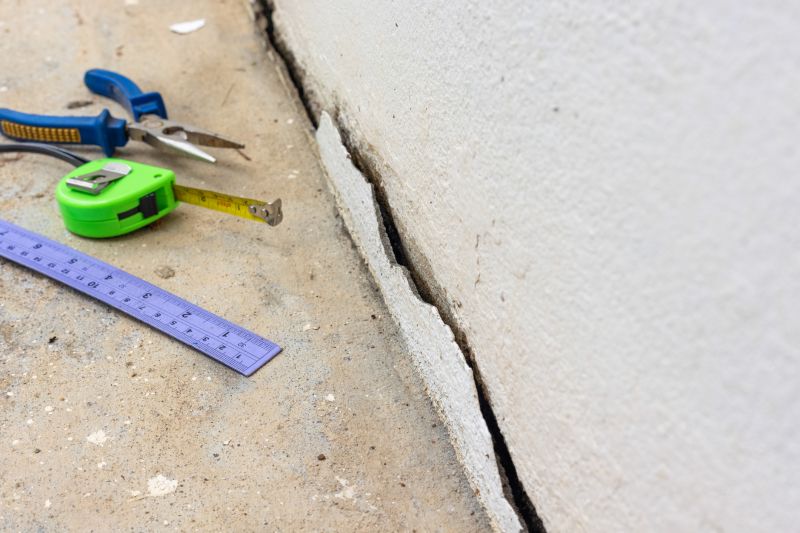
Ways to make Foundation Repairs work in tight or awkward layouts.
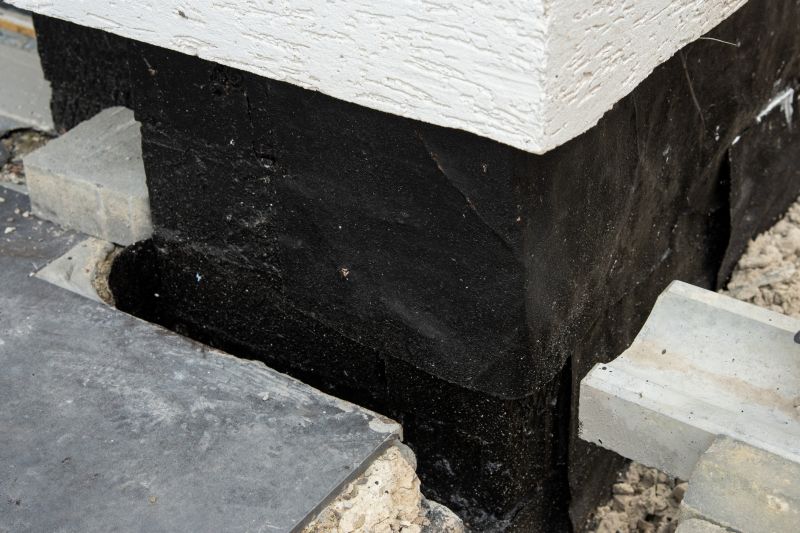
Popular materials for Foundation Repairs and why they hold up over time.

Simple add-ons that improve Foundation Repairs without blowing the budget.
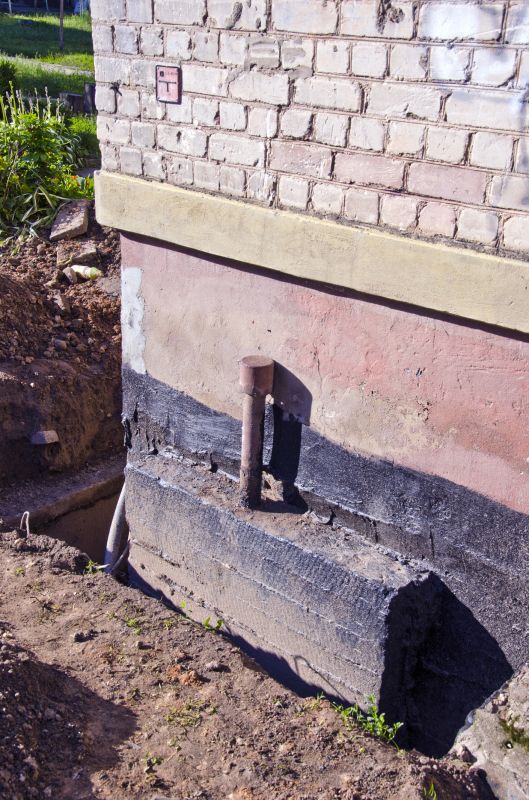
High-end options that actually feel worth it for Foundation Repairs.
Cracks in walls, uneven floors, and sticking doors may indicate foundation issues requiring repairs.
Common methods include piering, underpinning, and slabjacking to restore stability.
Early intervention can prevent extensive structural damage and reduce repair costs.
Soil type and weather patterns influence foundation stability and repair strategies.
| Season | Ideal for Foundation Repairs |
|---|---|
| Spring | Yes |
| Summer | Yes |
| Autumn | Yes |
| Winter | No |
| Dry Weather Periods | Preferred |
| High Soil Moisture | Acceptable |
| Extreme Cold | Avoid |
| Heavy Rainfall | Avoid |
Choosing the right time for foundation repairs involves considering seasonal weather patterns, soil conditions, and scheduling flexibility. Proper timing can enhance the durability of repairs and reduce the likelihood of future issues. Consulting with foundation specialists can provide guidance tailored to local climate and soil characteristics, ensuring the best results for property stability.
Interested property owners are encouraged to contact professionals to discuss foundation repair needs and schedule inspections during the most suitable season. Timely action can help maintain the safety and value of the property in Shepherdsville, KY.

